Why Am I Slicing My Driver? How to Stop and Fix a Driver Slice
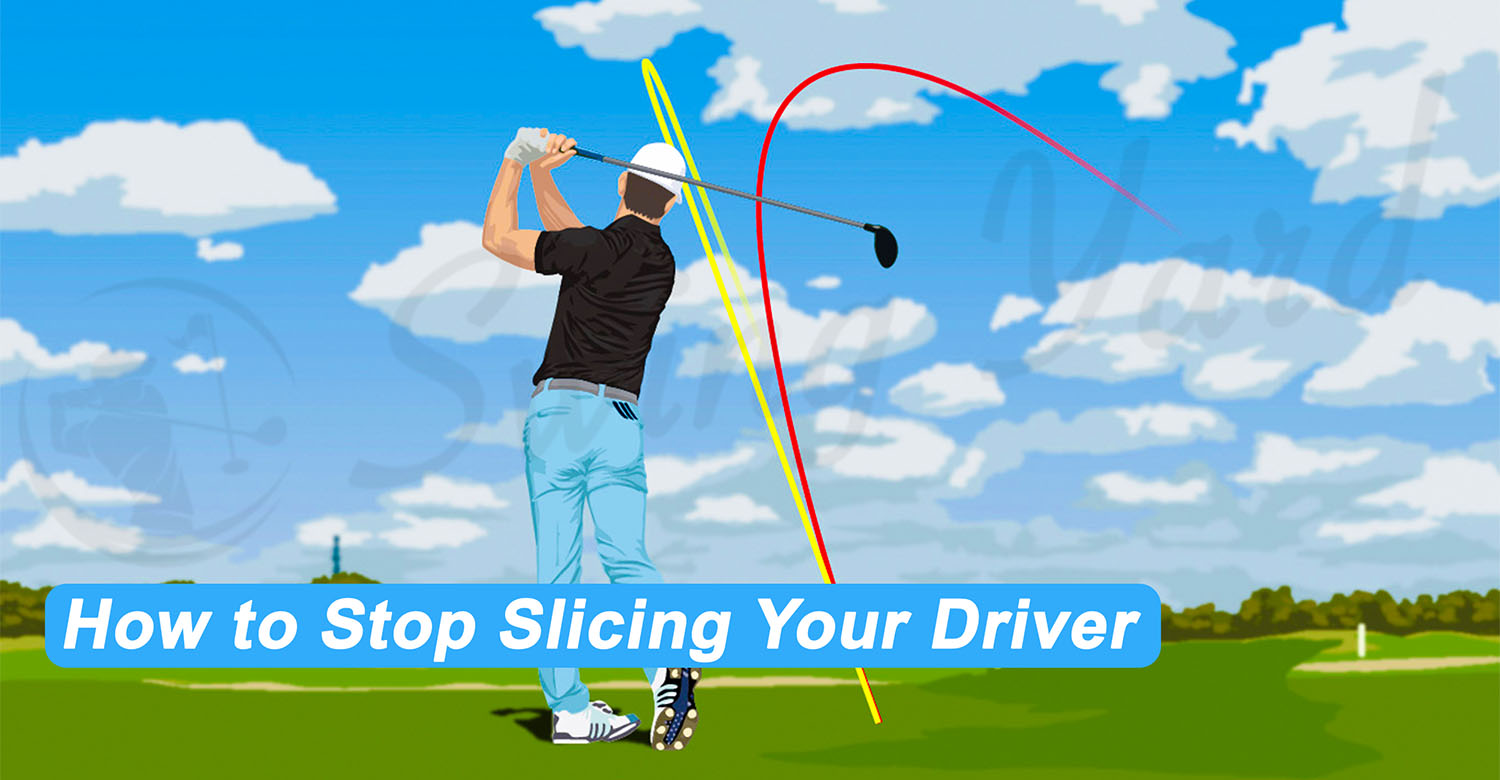
By Coach Erik Schjolberg – Feb 11, 2024
Contents
Key Takeaways – How to a Fix Driver Slice
- There are both swing path and clubface components involved in hitting a slice, but the clubface is the most important
- Several swing habits result in a slice; it may take a little investigation to find the reasoning behind your slice
- Always start with setup, stance, grip, and takeaway; you will find the majority of your issues before you even swing the golf club back
- Golf equipment you are using can cause a slice; sometimes, a straighter ball flight is just a club fitting away
The slice is annoying. There are plenty of other (not so nice) ways to describe a slice, but we will go with annoying. Not only are you going to miss the fairway, but the slice in golf also costs a considerable amount of distance.
If you are ready to hit a golf ball down the middle of the fairway and fix your golf swing for good, I have the answers you need. I’ll show you how to stop slicing a driver and how to ensure you keep the slice away for good.
Why Do I Slice My Driver?
Before we can dive into how to fix your slice forever, we need to first determine what causes the slice. Hitting the ball straight requires you to have a square clubface at impact. The reason why it’s not square can vary from one player to another. Here are the most common causes of a slice.
Open Clubface At Impact
If your clubface is open at impact, the ball will end up right of your target. If your clubface is open to the path, it will end up even further right of your target. Ultimately the reason you slice is that your clubface is not square.


Learning to release the golf club and square it up at impact makes it much easier to hit a golf ball straight. Some golf clubs built with draw bias help you square the clubface.
Try to remember that when you set up to hit a golf ball, your clubface is square, and this is the position you would like to get back to if possible.
Upright Swing Path
A swing path that is more upright as opposed to shallow can make it more difficult to hit a straight shot. Your swing plane can be difficult to master, but the difference between a shallow swing plane and a more upright swing plane can be the difference between a straight golf ball and a slice.
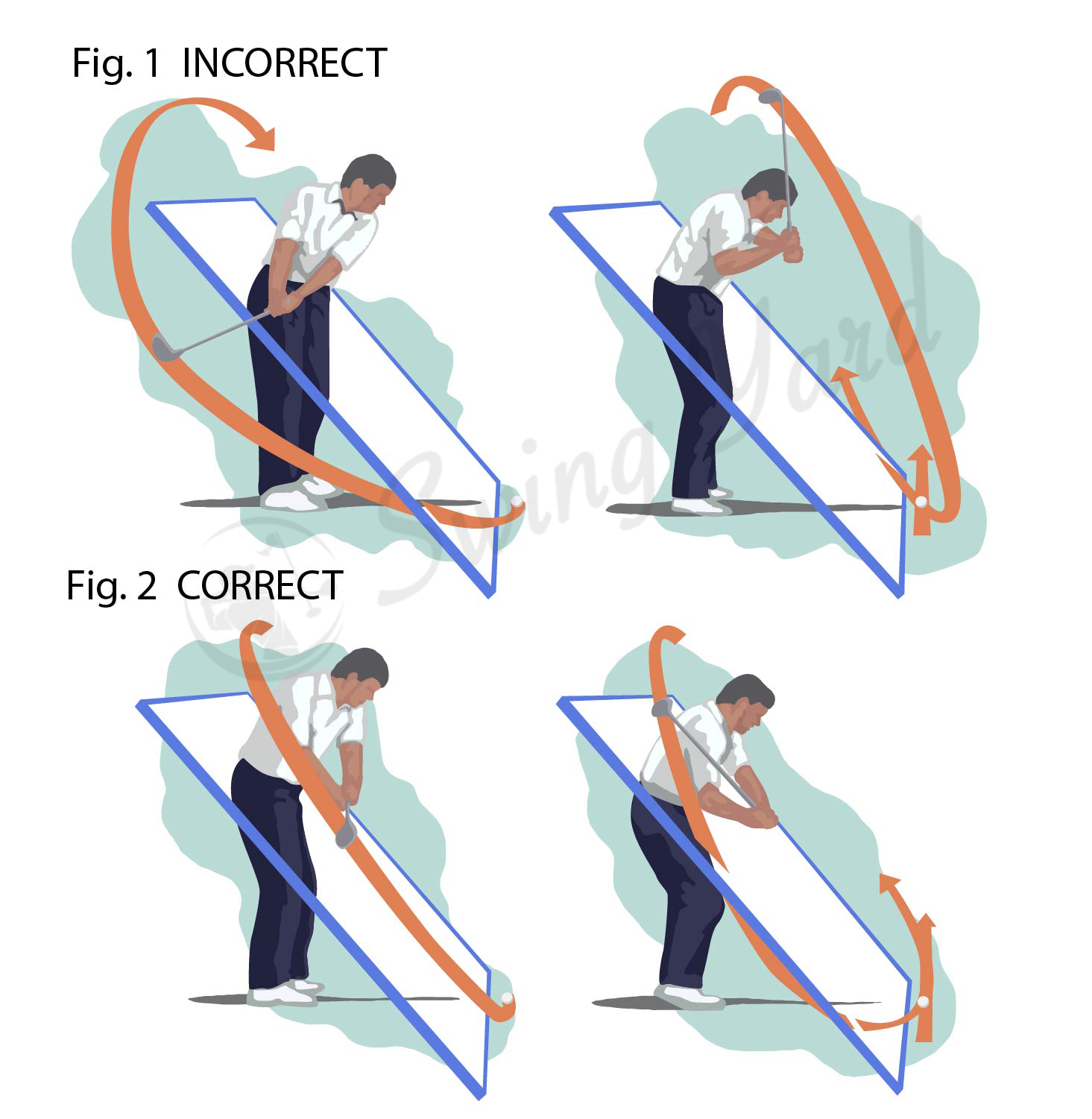

When learning to fix a slice, don’t be afraid to invest in some alignment sticks. These can help you see the plane and straighten everything out.
Grip Too Weak
A grip can be neutral, weak, or strong. Strong grips are actually used to help fix a slice. These require a left hand (for the right-handed player) that is turned a little more to the right. However, if your left hand is turned to the left and your right hand is more on the top of the grip (as opposed to the bottom), your grip is likely a little too weak.
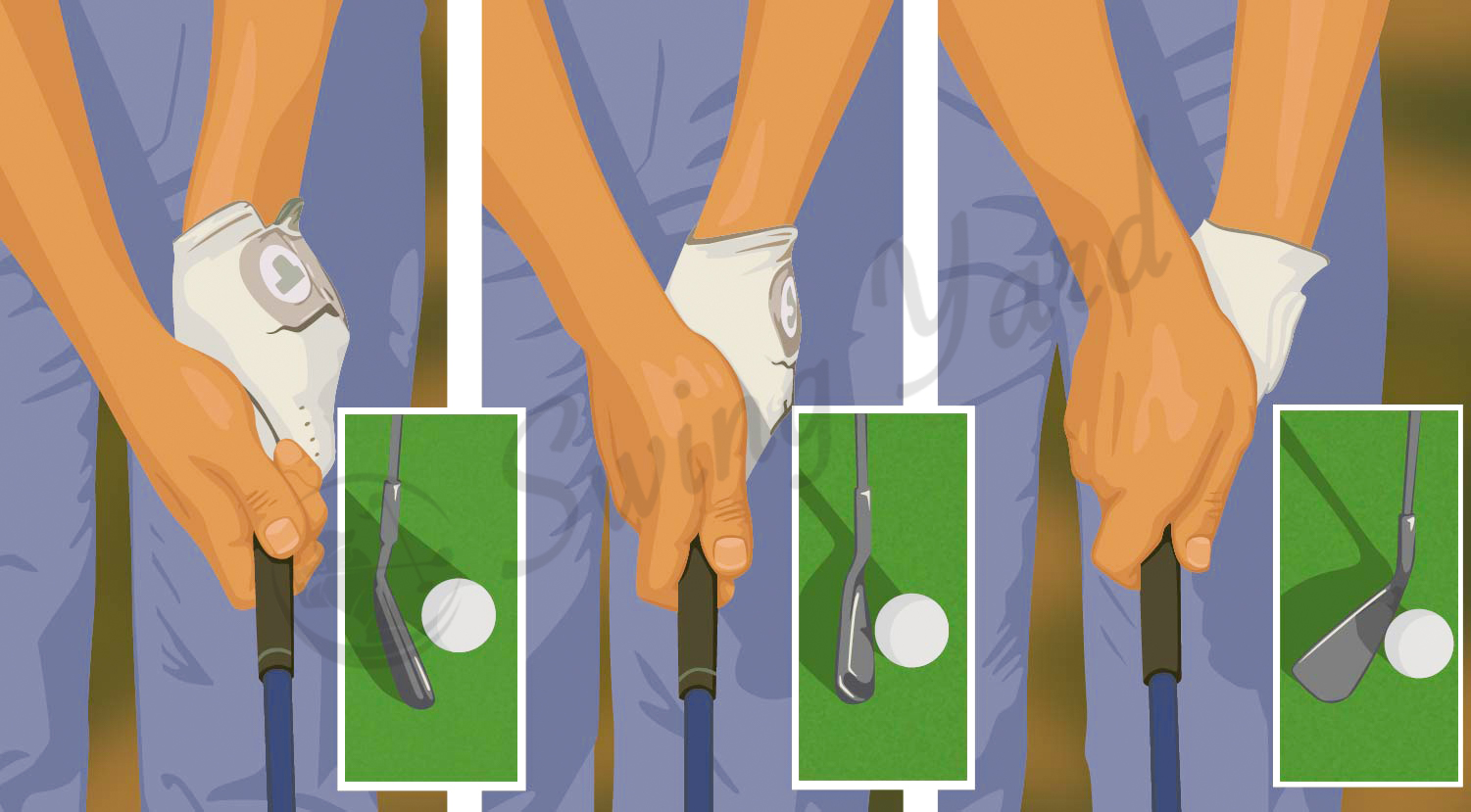

The weak grip makes it difficult to square a clubface for golfers that struggle with the golf slice.
Poor Weight Transfer
If you struggle with poor weight transfer, slicing your driver is likely a major problem. Transfer your weight to the back foot (center of the foot) and then through to your front foot. Many players that slice transfer weight to their heels and then the toes.
In addition, some golfers swing almost entirely with their arms and forget to incorporate the lower body at all.
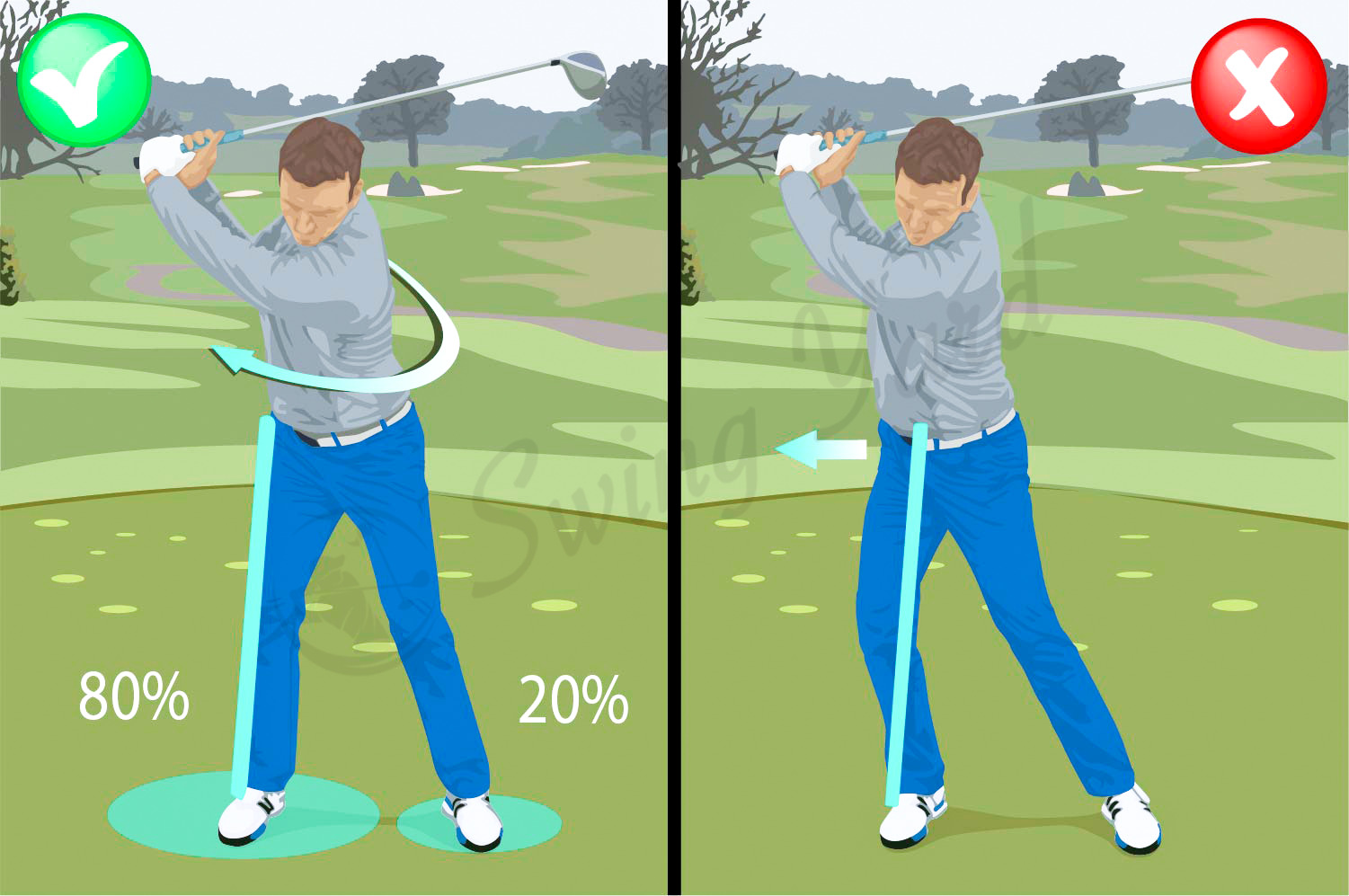

This can most certainly cause a slice at impact. If you can learn to make an efficient body turn that correctly transfers weight, your consistency on the course will be greatly improved.
Wrist Extension Issues
I’ve recently been working on many issues with wrists, and it’s incredible what the wrist position at the top of the swing can do to the outcome of your shot.
Most golfers that slice the ball have a lot of extension at the top of their backswing, and on the downswing, they never decrease the amount of wrist extension. As we move through the golf ball, wrists should be extending less and less so that at impact, your wrist is almost a little flexed.
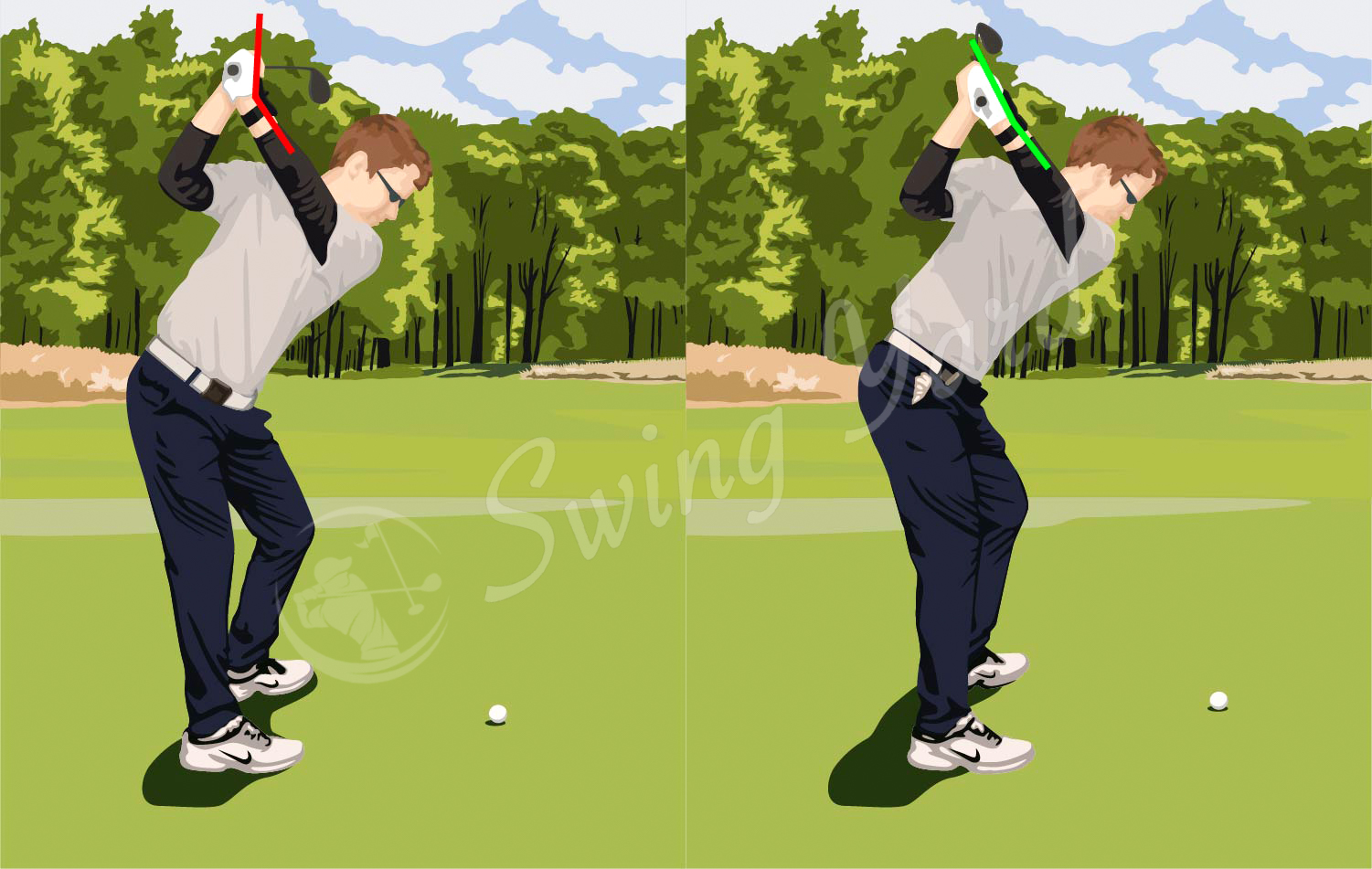

Without this positioning, hitting the ball with an open clubface will become the norm. If you swing back and notice that the label on your golf glove is pointing more toward the ground and you don’t have a flat wrist position, you may be setting yourself up for a golf slice.
Alignment and Aim
Something as simple as an alignment or aim can cause a slice, and it’s probably one of the most frustrating issues in the game.
Why?
It’s entirely avoidable.
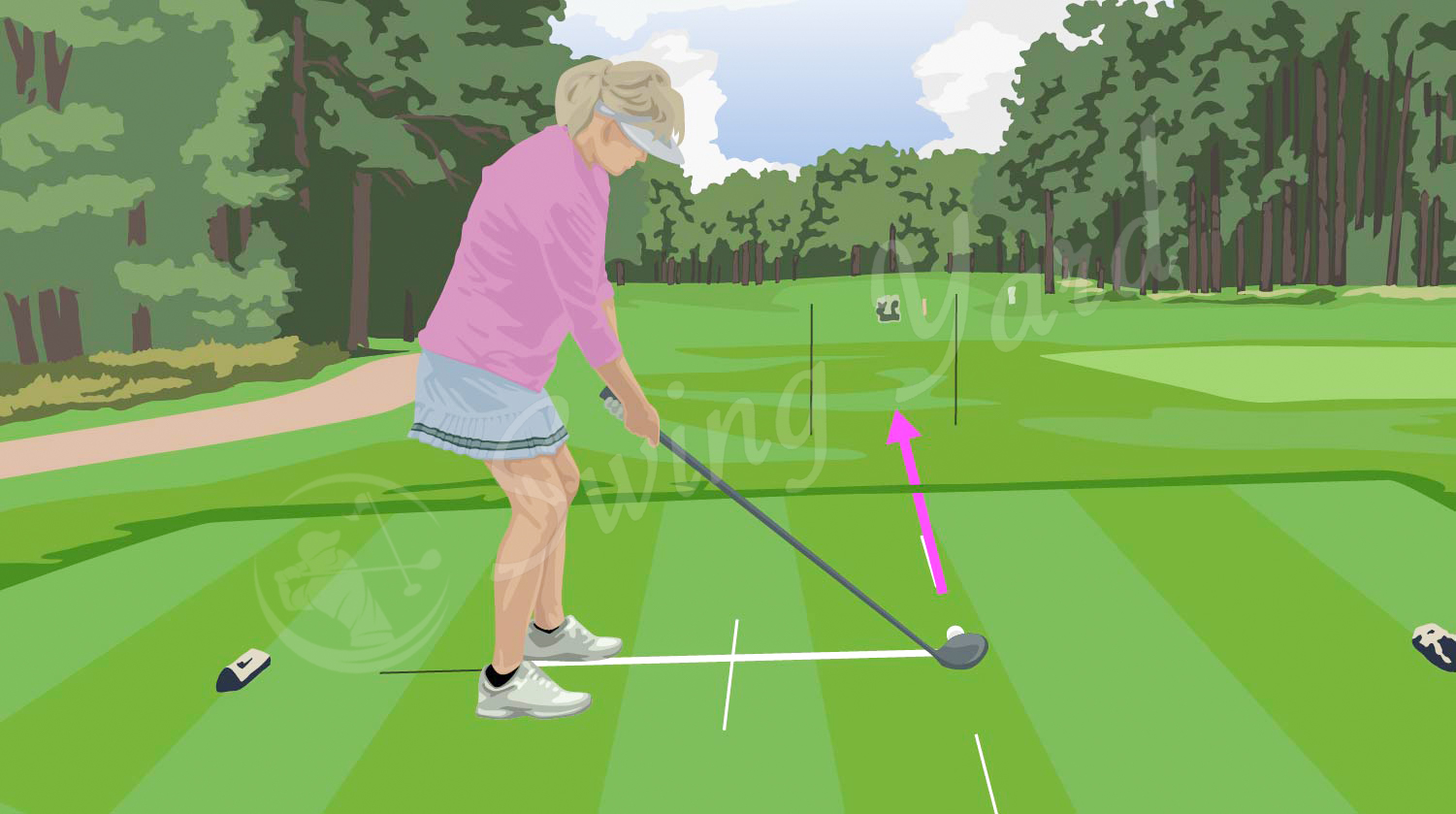

It’s very important to set yourself up with a square clubface, aiming properly at your target. If you are aimed to the left of your target and then take a more upright swing with a slightly open face, the ball will end up well right of your target. If you still struggle, you could try using a more forgiving driver.
Alignment and aim take some time to perfect, but even golf professionals work on these areas of their game.
Incorrect Equipment
Finally, if you are not playing with the right equipment, you aren’t giving yourself much of a chance out on the golf course. Equipment has changed considerably in the last few years, and if your swing needs a little help, a new club could make all the difference.
I recommend looking for a driver with adjustability. Adjustable club heads make it considerably easier to fine-tune ball flight and direction without purchasing a new club.
Now, I won’t tell you that shopping around for the best golf drivers will fix your swing path or golf swing and make you a better player overnight. Instead, think of it more like you need to make sure your equipment is not working against you.
How to Fix a Slice With Driver
Now that you have the methods down for how to stop slicing your driver let’s work on some of the most important fixes and ways that you can stop your slice forever!
Ball Position, Setup, and Stance Fixes
With your driver, make sure the ball is being played off the heel of your lead foot. Many amateur golfers have the golf ball in the middle of their stance, which is not a good position for a driver.
What happens with this position is that you will be hitting shots when the clubface is still open and hasn’t had a chance to square up.
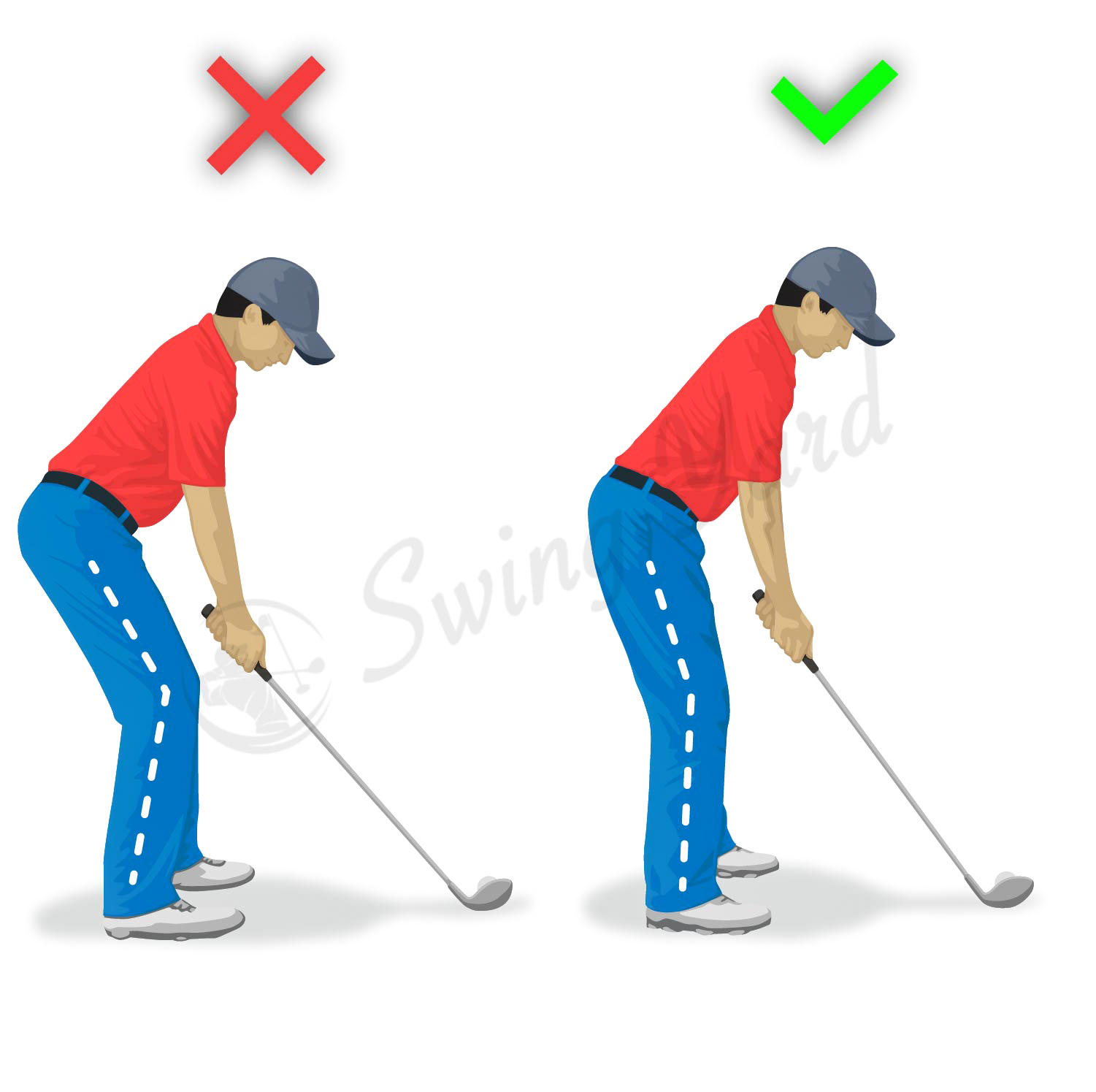

In addition, make sure your weight is slightly loaded up on your right side (right-handed golfer). A little extra weight on the right will encourage a better turn and lower body rotation in the swing.
How to Grip a Driver Not to Slice
The grip fix is important. Make sure your golf grip is in a neutral position. In fact, when you first work on fixing slice with driver, hitting some golf shots with a stronger grip is not a bad idea. Work on turning the left hand a little more to the right and then ensuring the right hand is placed slightly under the bottom of the grip.
Swing Path Fix
There are dozens of ways to fix a swing path, but my favorite way to work on a nasty slice is to use golf alignment sticks and your phone. Take some videos of your golf swing and see your path. If you feel it is more upright instead of around you, chances are you need to work on your swing path.
Set an alignment stick up so that you must swing under it to contact the ball. You can work on this with some practice swings and then step away and hit it, or you can try and hit shots like this.
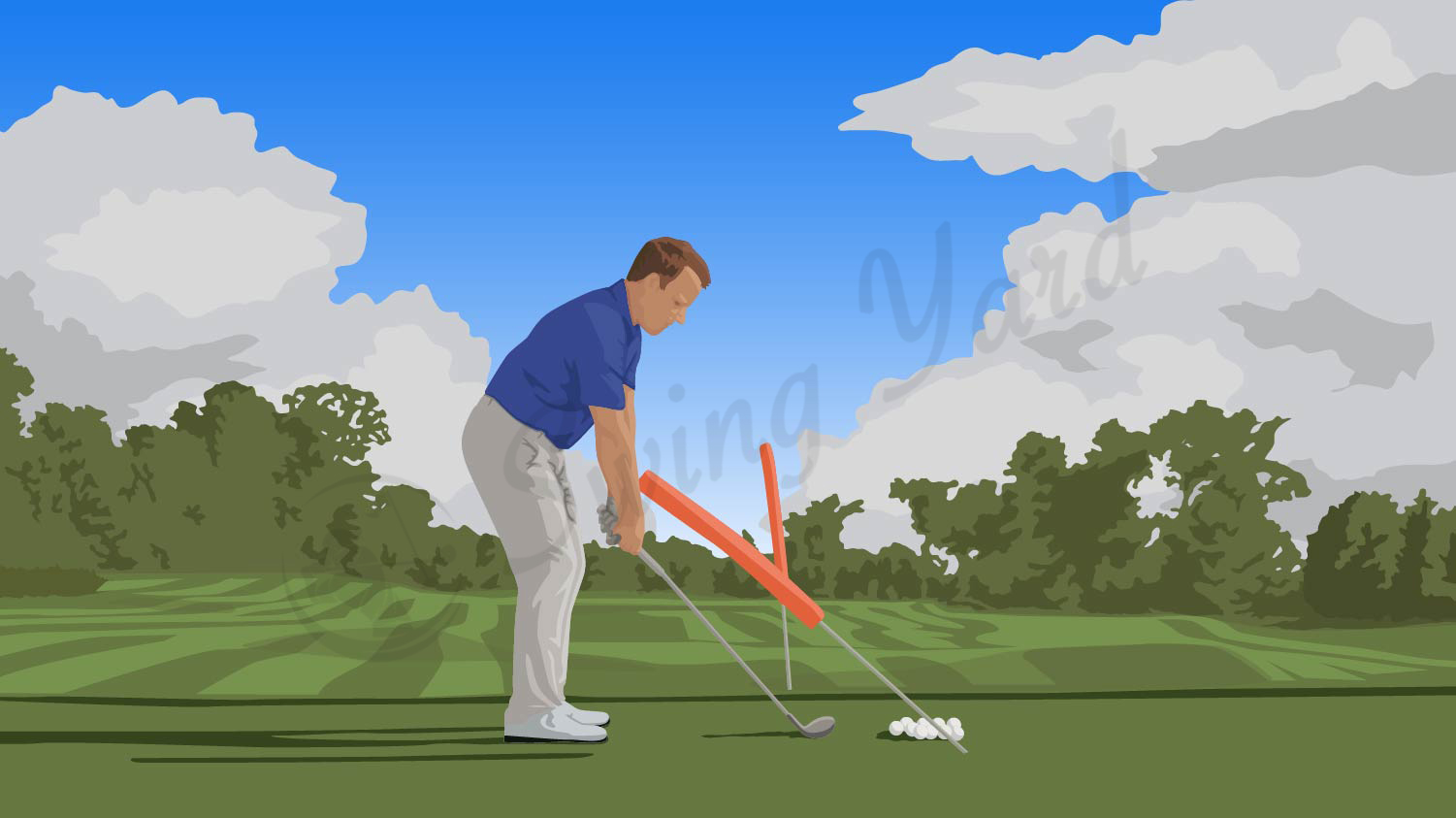

However, just be careful you have enough room to not accidentally hit the alignment stick.
Late Release/Timing Fix
To hit straighter shots, you need to time the release to ensure the club face is square at impact.
Amateur golfers often have a steep swing that requires a late release.
Have you ever felt like you got to the ball and had to flip your hands or turn the club over quickly just to avoid missing the ball?
This is common, and it has to do with a later release.
My favorite way to work on this is to hit some full swing wedge and shorter wedge shots and feel how your hands and arms release and turn over as the club comes into the impact position. Now, when you put the driver in your hand, you need to feel the same thing.
Everything with the driver happens a little faster, so be prepared for this to happen quickly, but you can certainly learn to perfect your timing and release.
How to Not Slice Driver Swing
- Ensure your upper body is not leading your golf swing with a driver; it’s much easier to use your legs and core to get a straight shot with a lot of distance.
- Don’t close the driver’s face to avoid a slice; you will just deloft the club and make it more difficult to hit.
- Avoid having too much knee flex in your backswing; it can make you straighten up at impact and open the clubface.
- Be smart about where you position yourself in the tee box and ensure you are giving yourself the most fairway to work with.
- If the ball curves significantly to the right, make sure you have the right driver shaft length for your height.
- Experiment with your driver at the driving range and learn how to hit a draw, fade, hook, and slice.
- Don’t be afraid to use a more beginner-friendly driver to help build your confidence!
FAQ – Why Do I Keep Slicing My Driver?
Here are a few of the most commonly asked golf questions about how to stop slicing driver.
How long does it take to fix a slice with driver?
I have found that the slice is something that will sneak up in your golf game from time to time. Therefore the sooner you can find the cause of your slice, the better the chance you have of getting rid of it for good.
Most of the time, depending on how bad your old swing habits are, you can successfully remove a slice from your golf game in a few weeks.
Is there a special club that can fix driver slice?
A draw bias driver with adjustable weighting will help some players straighten out their shots, as well as optimizing your driver loft. However, finding a golf club that does a complete driver slice fix is quite rare.
Why am I only slicing driver but not irons?
When it comes to fixing driver slice compared to irons, drivers are considerably harder because of their length and weight. The driver is longer than standard, making it more difficult to work with. In addition, the lightweight material of the golf shaft makes it easier to swing with a lot of speed.
Now you have a longer club, and you are swinging it with lots of speed; this is what makes you end up with a clubface that is wide open at impact. Read my article on golf drivers for slow swing speeds if this is what you struggle with.
What is the correct grip to fix a slice?
The best grip to fix slice on drive is to use a stronger grip. However, always make a slight adjustment; if you change the grip too much and make it too strong, you may end up booking a golf ball.
Should I adjust my driver if I slice?
If you slice a driver, consider setting the club slightly more draw-biased. You can move the weighting and make adjustments to the lie angle to encourage a more draw bias flight and a straighter shot. If you have adjustability in your clubhead, use it!
Final Thoughts – Why Am I Slicing My Driver?
A slice with the golf driver is a terrible way to start a golf hole. Instead of playing from a position where you can make a birdie or a par, you are now stuck trying to recover. I believe every golfer can learn to fix a slice.
Stop taking shortcuts and aiming left (it may actually make your slice worse); instead, learn about the cause-and-effect relationships in your swing.
Look at the key areas of setup, takeaway, and top of the backswing, and see if you are setting yourself up to hit a straight drive. Once you understand how to fix slice with driver, you can save yourself the next time it happens on the golf course.

